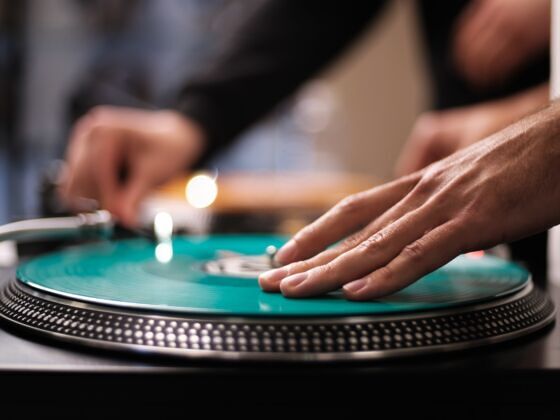And while it might be a stretch to suggest that the Jamaican legend invented these genres, it’s likely that they wouldn’t exist without him.
Born Rainford Hugh Perry in 1936 in the tiny Jamaican town of Kendal, the man has always been what you might call eccentric. But, like most mad scientists, he’s also proven himself to be endlessly inventive, approaching the mixing board like his own sonic laboratory.
